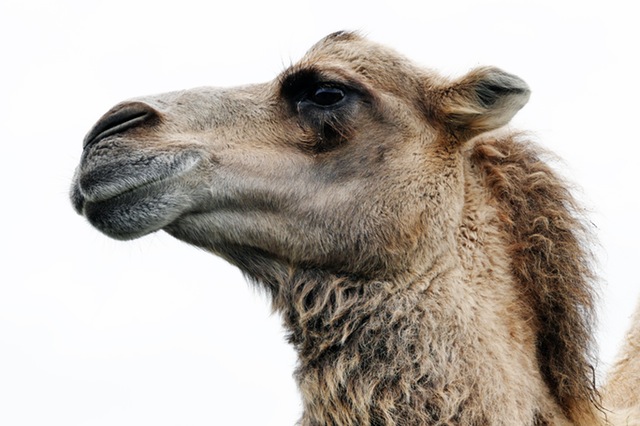An introduction to introduced animals in Australia
 This blog post from Full Force Hunting describing will give you a good idea as to which animals are native to Australia and those which are foreign. Not all introduced species are legal to hunt to it's always best to check with your state government.
This blog post from Full Force Hunting describing will give you a good idea as to which animals are native to Australia and those which are foreign. Not all introduced species are legal to hunt to it's always best to check with your state government.
Australia, thanks to its isolation, has been home to a vast number of species of flora and fauna for millions of years. Our country’s insulation from other lands allowed native plants and animals to evolve which were particularly suited to our environment.
European Settlement in Australia
However, European settlement just a few hundred years ago drastically changed the landscape for this continent’s native creatures. When European settlers arrived in 1788, they brought with them a range of non-native flora and fauna. Prior to their arrival, the only non-indigenous animal had been the dingo, introduced four thousand years ago. Since settlement, the country has become host to a huge array of introduced species: 25 mammals, 20 birds, 4 reptiles, 1 frog, 34 fish, hundreds of marine species, an unknown number of invertebrates, and over 2,800 weeds.
Settlers were simply unable to predict the impact of the introduced animals and plants on the local ecosystem. This impact has at times been minimal, but at times, disastrous. Introduced species have degraded and damaged the fragile ecosystem by bringing in new diseases and have decimated native species by preying on them or competing with them for food or territory.
Animals Introduced into Australia
Animals that have been introduced into the Australian ecosystem are classified according to their impact on our environment, which is not always negative. Some species, in fact, have proven beneficial. For humans, some introduced animals have been very useful for agriculture, such as cattle or sheep, which remain crucial to the economy today. Sadly, animals which are classified as less benign or beneficial have often suffered the most, as humans have employed sometimes cruel methods of attempting to eradicate them.
There are five categories of introduced species, but animals may fall into several simultaneously—for example, rabbits are classified as both feral and pest:
Beneficial: species which have proven useful to humans and/or the environment. (eg. farm animals and livestock, dung beetle.)
Benign: species which have not been observed to have negatively impacted on the ecosystem (eg. monarch butterfly).
Invasive: these species tend to aggressively take over new areas. (eg. Indian Myna bird, cane toad.)
Feral: animals that were originally introduced as domestic animals but which have become wild, and have had a significant impact. (eg. feral cat, camel, water buffalo, pig.)
Pests: species which have observable adverse impact on the ecosystem and have become difficult to control. (eg. European red fox, rabbits.)

